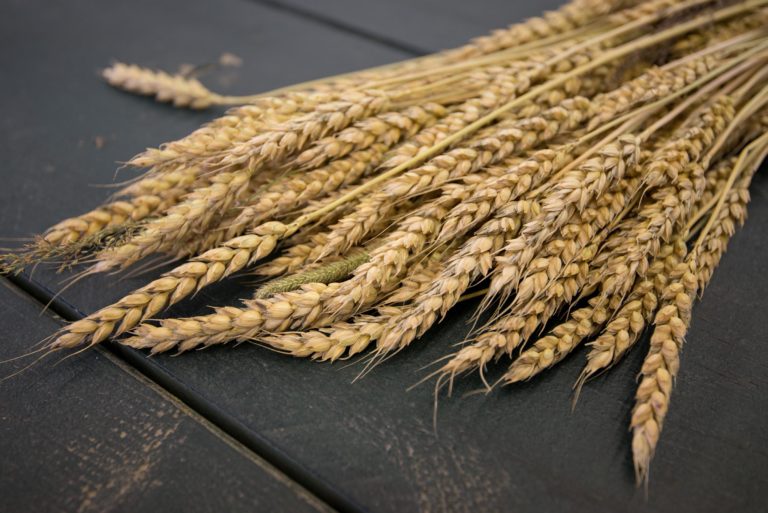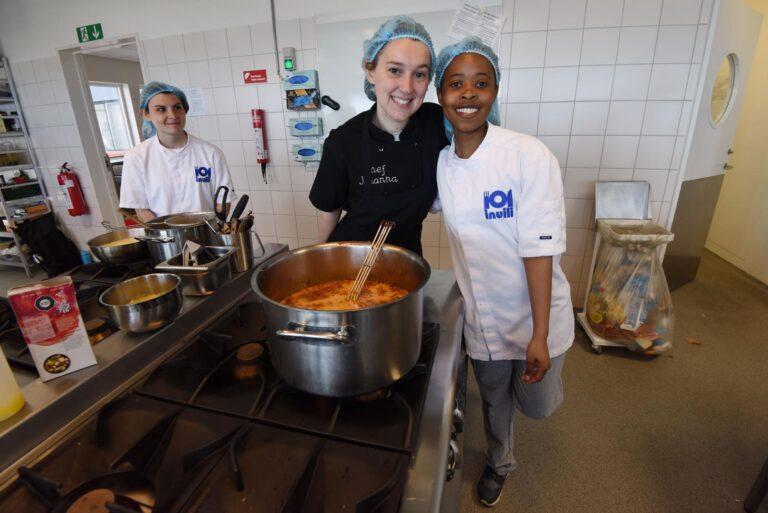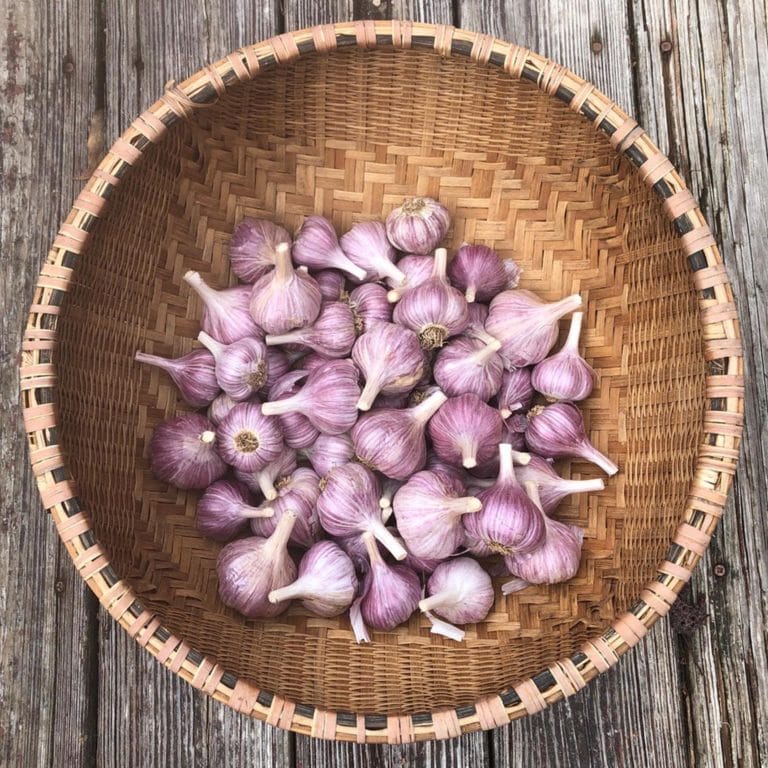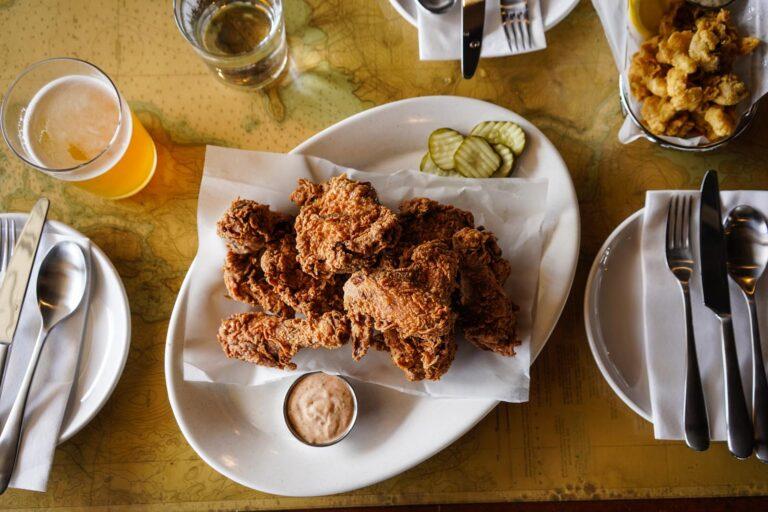Maine winters are the stuff of legend: long, cold, and peppered with the kind of darkness that has even the hardiest among us looking wistfully at flights to warmer places. Yet, amid the snowbanks and howling wind, there are green things growing. Not just sprigs of hope in your window planters, but bona fide greens—spinach, kale, mustard, and the like—thriving in the least likely of seasons, thanks to the grit, ingenuity, and stubborn resolve of local farms. These farmers ensure that when winter steals the warmth and daylight, it doesn’t take your fresh greens, too.
Three Maine farms are flipping the script on winter by growing lush greens year-round. A vertical farm in the Portland area is using state-of-the-art technology to push past the limits of Maine’s climate, while two others—Dandelion Spring Farm and Goranson Farm—are embracing the chill, turning to greenhouses and high tunnels to keep their crops going through the darkest months. Together, these farms offer Mainers a delicious alternative to the limp, week-old produce shipped from faraway lands.
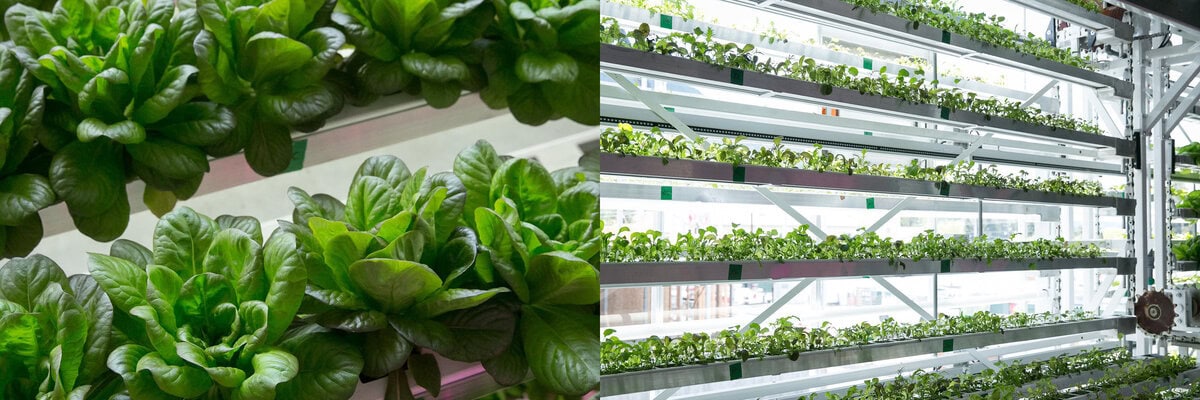
Let’s start with the most futuristic of the trio: Vertical Harvest, a farm perched in the Portland area, is nothing short of a technological marvel. Nona Yehia, CEO of Vertical Harvest, is bringing lessons learned from Wyoming’s harsh winters to Maine’s equally unforgiving climate. While their Jackson, Wyoming farm was a hybrid of greenhouse and vertical farming techniques, Vertical Harvest Maine leans fully into the vertical farming model, which optimizes the growing environment by stacking plants in closely controlled conditions. The result? Fresh, local greens all winter, without the agricultural hangover of conventional greenhouse farming.
“We’ve learned a lot from Wyoming,” says Yehia, “but here in Maine, we’ve really fine-tuned our methods. The beauty of controlled-environment agriculture is that winter growing actually becomes more energy-efficient for us—keeping the lights cooler and the plants happier.”
It’s more than just lights, though. With sensors tracking every environmental variable—from airflow to humidity and lighting spectrums—Vertical Harvest has turned growing plants into a data-driven science. And while the technology is impressive, Yehia notes that it’s the connection to the community that makes the effort truly worthwhile. The farm’s pink glow—visible through the winter nights—has already become something of a Maine lighthouse, a beacon of freshness amid the cold.
“In a way, we like to think we’re fighting two SADs—the ‘standard American diet’ and ‘seasonal affective disorder,'” Yehia quips. “Our farm offers a pick-me-up to both.”
Just up the coast from Portland, at Dandelion Spring Farm, Beth Schiller is waging her own winter battle in a slightly more rustic way. Her farm transitions from summer crops like tomatoes to winter greens with the finesse of an acrobat on a high wire. The process? As much art as science, says Schiller. The cooler months require an intricate dance of pulling summer crops, weeding, aerating, and layering amendments into the soil to get everything just right for winter.
Schiller’s secret weapon is simplicity. While some might opt for heated greenhouses, she’s decided to keep hers unheated—just row covers, ventilation, and a little bit of sweat equity.
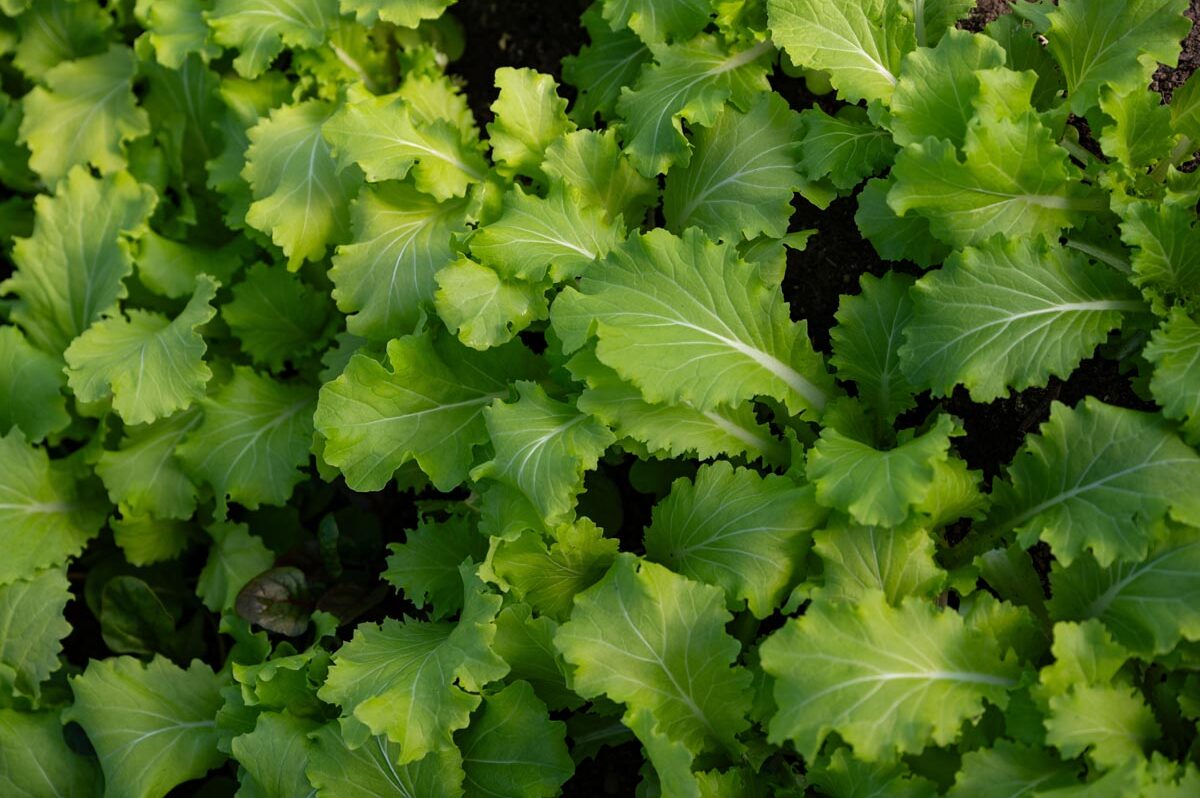
“Keeping humidity low in the greenhouses is key to plant health,” Schiller explains. Her team battles aphids, mildew, and the temperature swings of Maine’s unpredictable winters by pulling fabric blankets over the crops on freezing nights and removing them during warmer days. “Managing these covers is a daily chore—it can take up to two hours, but the added light and airflow really help the plants.”
And the payoff? It’s all in the taste. Schiller says winter greens boast superior flavor. The wide temperature swings cause the plants to develop higher sugar content, making each bite sweeter and more satisfying. She’s had great success with hardy greens like spinach, chard, and mustard varieties, and her Winter CSA is in high demand.
“Our customers love that they can still get fresh greens in winter,” Schiller says. “We try to strike a balance between what people want and what we can sustainably grow.”
At Goranson Farm, located in Dresden, winter farming is a family affair. Göran and Carl Johanson have been growing year-round for decades, and their winter greens have gained a devoted following. The trick, they say, is balancing temperature control with humidity management in their high tunnels.
“We use layers of row covers like blankets for the greens,” Göran explains. “During the day, we pull them off to let the sunlight in, and at night, we cover the crops back up to protect them from freezing.” Spinach and kale are their cold-weather warriors, with arugula and lettuces playing the role of delicate divas that need more attention to survive.

But Goranson Farm isn’t just about greens. The Johansons are masters of the root crop game. Their famous carrots, which sweeten after a light frost, and long-storing beets and parsnips are winter staples. They’ve even mastered the art of storing root vegetables in their barn with custom-designed temperature and humidity zones.
“The hardest part is keeping humidity high enough without creating puddles,” Göran says, noting their use of specialized American-made equipment to keep everything in balance.
Winter growing isn’t just a technical challenge for these farms—it’s a community service. Each farm emphasizes the importance of providing local, nutrient-dense food during the months when most of us are tempted by the easy out-of-state imports lining grocery shelves.
During the pandemic, Goranson Farm’s Free Choice CSA became a lifeline for residents, many of whom appreciated the safer, more sustainable option over produce from chain grocery stores. And for Schiller at Dandelion Spring, offering fresh greens all winter has been a way to keep customers coming back—even when the fields are buried in snow.
Beyond the cold storage rooms and greenhouse walls, the real magic lies in how these farmers continue to innovate, adapt, and—above all—care.
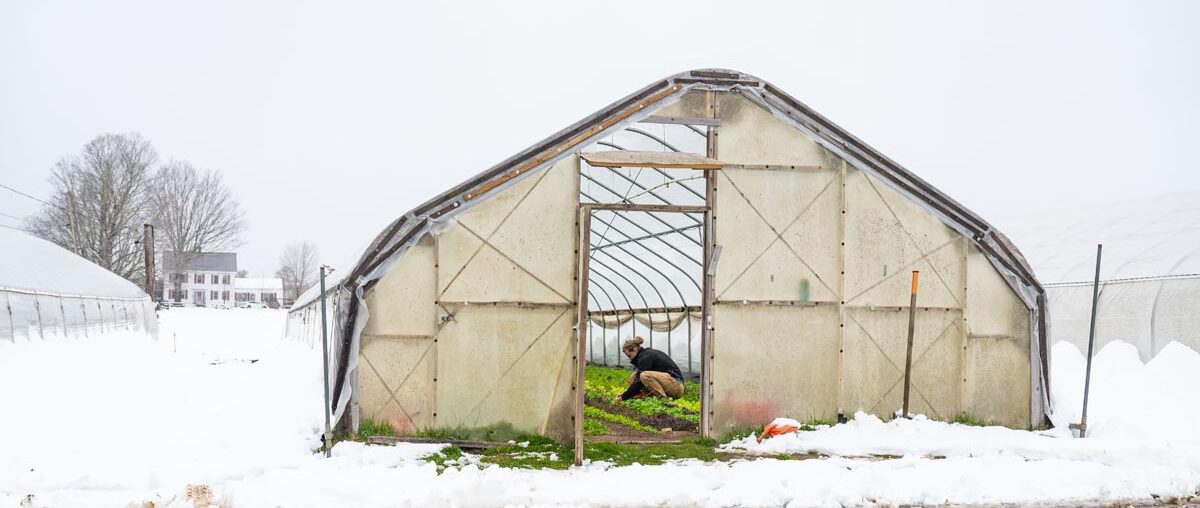
The reward isn’t just financial stability, though that’s a welcome byproduct. It’s the connection to the people they feed and the knowledge that they are growing something bright even in the darkest months.
As Carl Johanson of Goranson Farm puts it, “What could be more sustainable than eating locally grown food? It’s Maine. There’s no faking that.”
And so, while the rest of us huddle inside, hoping spring will return with its bounty, these farmers are already planting the seeds of winter’s freshest surprise. Because for them, the work of growing never stops.








